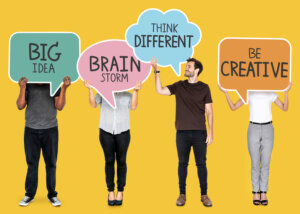
You could say the human brain is really the last frontier. We use only a small part of it, but increasing our understanding of how it works to learn, to adapt, to flourish is important to everyone. As trainers we can’t do our jobs without understanding how people think and learn, and if we can unlock that creative potential, we make the most of the resource we have. Here’s Sandy Cormack with Part II.
Unlocking Creative Potential, Part II
by Sandy Cormack
In this installment we explore the neuroscience of individual creativity and learn a few ways to develop our “creative brains.” First, let’s review the model for whole brain creativity using the left brain-right brain metaphor:
The ideal creative person would have a creatively balanced brain like the one depicted above. In theory, this person could fully explore every problem they encountered, generate a wide range of ideas and have a good chance at selecting the best solutions.
In reality, not many people possess a brain like this. Most of us have a preference for only two or three of the four thinking styles.
To achieve this creative balance we must 1) continue to develop our strengths while 2) developing additional skills which overcome our weaknesses.
Let’s take a look at someone who is truly left brained: she has preferences in both analytical and structural thinking. This excerpt from a profile report belongs to someone who’s taken the left brain right brain test I use:

Relative to creativity and problem solving, Jane’s strengths are in problem definition, systemic solutions and implementation. Her weaknesses are in imagination, visioning and novel ideation. Using her left-brain strengths, she may rapidly assess the situation, draw upon past experience to select a solution, and immediately go about implementing it. But by not using a conceptual approach, she may fail to consider better, more out-of-the-box alternatives. And if she relies on analytical and structural too much, she may fail to use her social to discuss the problem with others to gain a broader perspective, or learn the current best practices from others.
In a brain training workshop, a person like Jane would learn to develop skills to overcome weaknesses like these. She’d learn a series of “creative thinking techniques” – systematic methods of generating ideas that appeal to all four brain quadrants.
Jane would probably have little difficulty coming up with ideas to improve (structural) or refine (analytical), although she could easily learn additional techniques for those. She’d probably benefit most, though, from learning as many right-brain related techniques as she could.
Here’s a simple right-brain technique which appeals to left-brain thinkers due to its linear nature. It’s called Challenging Assumptions.
- Write down your best definition of the problem at hand.
- Write down every assumption you can think of about the current situation.
- Next to each assumption, write the opposite (either the negative or the reverse).
- Consider if any of the opposites spur ideas for novel solutions.
Consider the example of Jane’s church, which is trying to raise its membership. She might write down these assumptions:
- Services are conducted on Sunday mornings
- People come to services at the church
- Services feature traditional music
- Parishioners receive a newsletter in the mail once a month
- The pastor primarily focuses on internal church matters and the congregation
- The congregation has several fundraising events at the church every year
Now she reverses each of them one by one:
- Services aren’t conducted on Sunday mornings – Is there another day that might serve the community better? Another time of day?
- The church comes to the people – Is there a place in the community closer to homes, like a community center or park, that would be more appealing?
- Services don’t feature traditional music – What kinds are music should we consider? Folk? Rock? Something purely modern?
- Parishioners don’t receive a newsletter – What about email? A Facebook page? Twitter? Some that connects them not only with the church but with one another on a weekly or daily basis?
- The pastor focuses on external matters – What does the community need? What services can the church offer to help the community with its most pressing problems?
- The fundraising events aren’t at the church – How about field trips? Where can we go? What kind of activities would generate interest? What would be fun?
See what we did here? We forced Jane’s left brain to slow down and consider a more divergent approach to the problem. We made her look at the problem from a wide range of perspectives and redefine it. Now Jane might consider that her church’s membership problems are problems of convenience, involvement, interaction, community focus, and social opportunities. And she came up with solutions which might transform the very culture of her church.
A great resource for learning a multitude of creative thinking techniques is the book “Thinkertoys” by Michael Michalko. It’s chock full of both left-brain and right-brain techniques.
To summarize: to develop your whole brain creativity you must:
- Determine your thinking preferences via a left brain right brain test
- Learn creative thinking techniques to overcome your weaknesses
My final installment will show how teams and organizations can leverage their collective creativity to solve virtually any problem they encounter.
Sandy Cormack’s report (available for download at http://leftbrainrightbraintest.com/) addresses the essential elements of a left brain-right brain test and provides a general introduction to left brain-right brain theory and applications. He can be reached at [email protected].
This is the second of three articles by Sandy for this Training and Development blog. Any aspect of how we learn and think affects how we train individuals and groups, and how we work with others. This may not be an obvious in the approach to training and development, but it definitely has its place. You have Sandy’s information.
—
For more resources about training, see the Training library.
Now mine: I can be reached through my website, by commenting here on this blog or any of my others. You’ll find more of my writings on a variety of topics from the perspective I like to call the Cave Man perspective, which basically means we learn from wherever we are most likely to learn the best information to do the job. I don’t believe in one way of doing things; I hope you don’t either. I welcome those who have differing opinions or new ideas. I certainly don’t know everything. Please check out my new e-book available through all major distributors, A Cave Man Guide to Training and Development, my attempt at making clear what I do know to be true from my perspective. I believe it offers a refreshing look at training and development, while keeping the “cave” open to new ideas. Happy Training.
 Sections of this topic
Sections of this topic
















